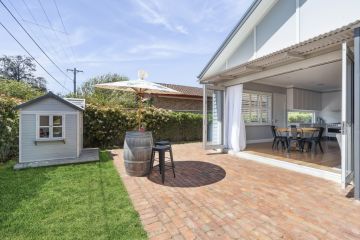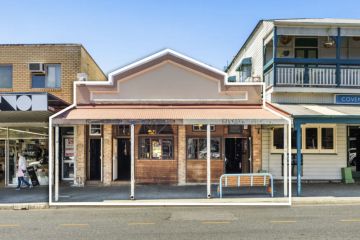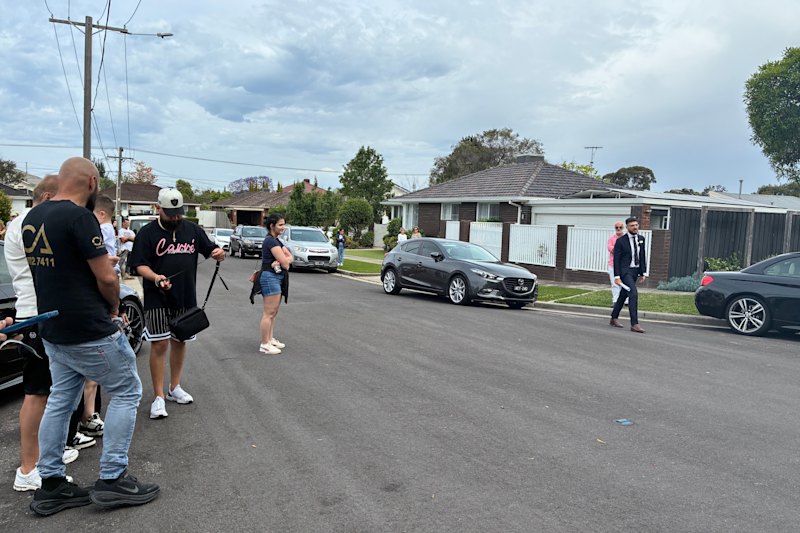One of Adelaide's oldest, grandest properties for sale after two-year renovation
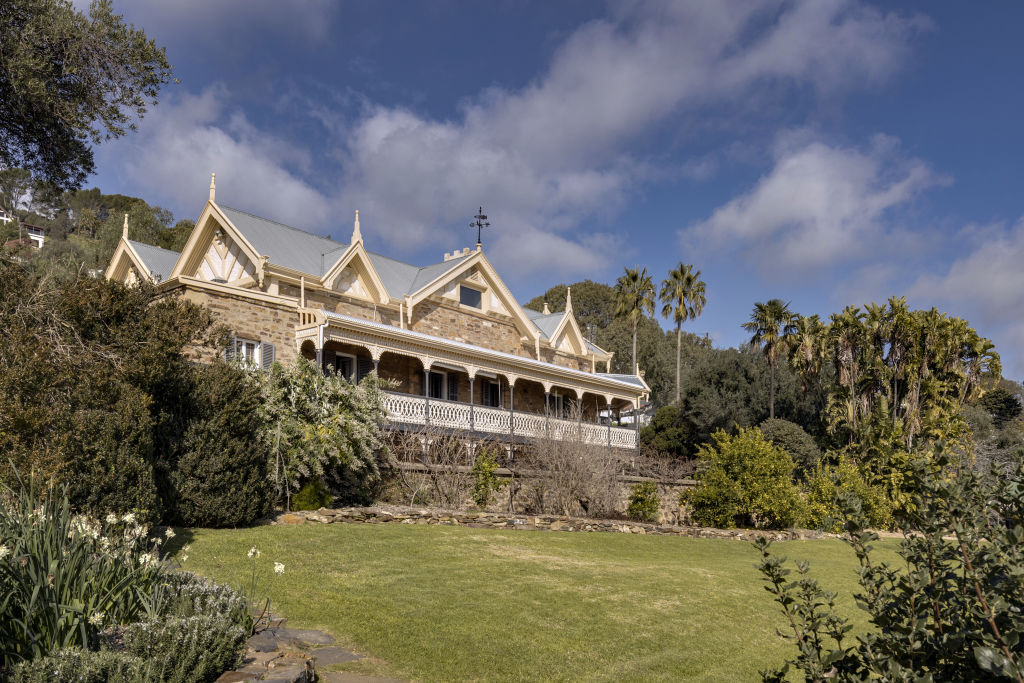
Looking for a townhouse in Sydney’s Paddington to buy, architect Ian Traill caught sight of a photograph of a grand Georgian-styled estate for sale on nearly 6000 square metres in the Adelaide foothills for more or less the same price.
He flew over to take a look – and was instantly smitten. He bought it virtually on the spot.
“I just loved the character of the house, a rambling building with lots of original features and a real Tuscany homestead feel,” he says. “It has wonderful views over the city and the gulf beyond, yet is so private, buried away in a subdivision – you wouldn’t know it’s there.
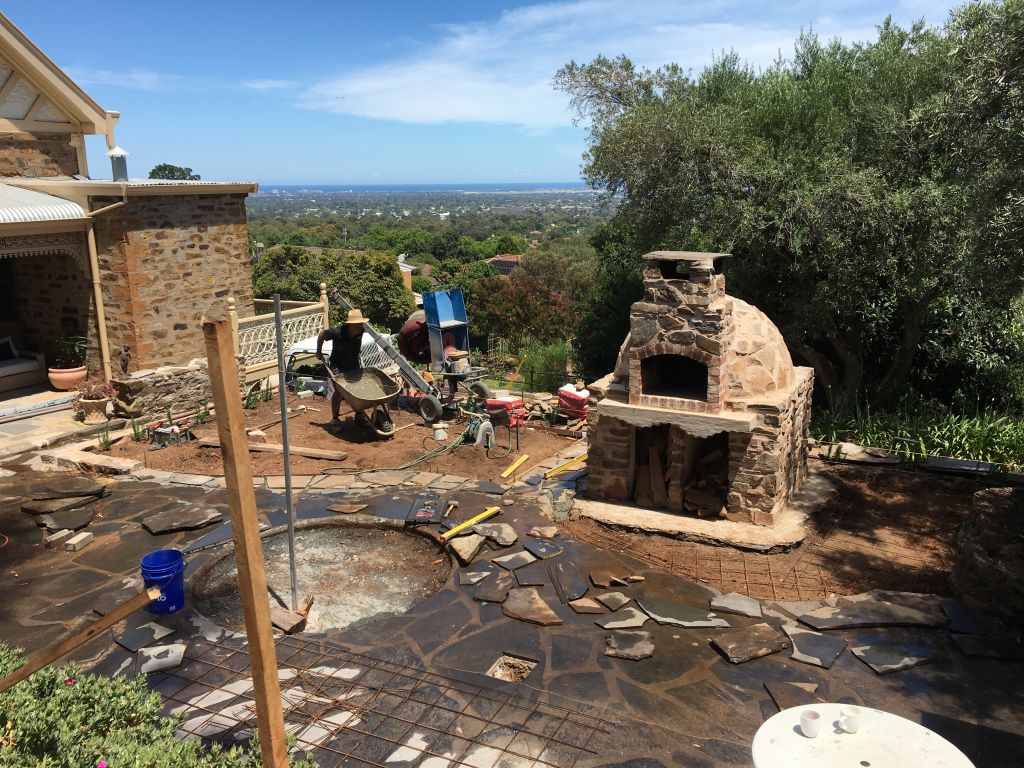
“You close the gates at the end of the long driveway, fringed with 150-year-old olive trees, and it’s like you’re on your own island. And it had 14 rooms and was almost the same value as a Paddington terrace!”
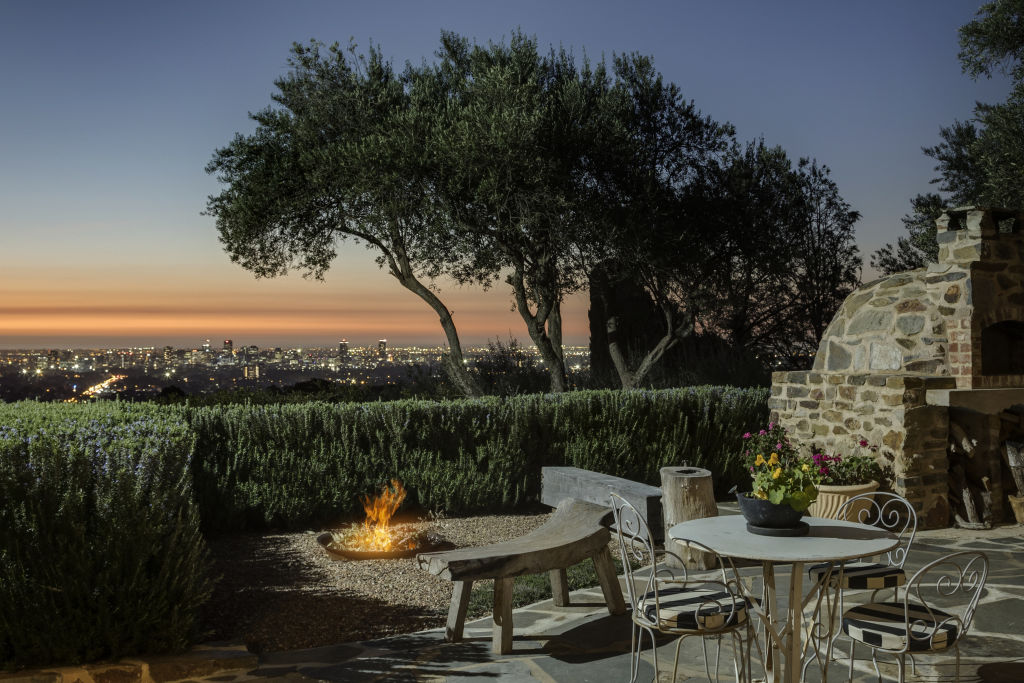
Woodley House was one of the first residences in Adelaide, built in 1843 by the first Colonial Treasurer to the state of South Australia, wealthy settler and mine owner Osmond Gilles. On weekends, he’d invite German settlers to his property for hunting parties, music and drinking.
Since then it has had only four other owners, with Victorian-style additions in 1900 and a conservatory and main bedroom en suite installed in 1990.
But when Mr Traill, 68, and his wife Fiona, 61, bought the historic property as a deceased estate in 2017 for $3.005 million, seeing it as a fabulous renovation project, there were a few surprises in store.
The first: white ants. The second: stone walls half-a-metre thick that would have to be drilled into to renew the wiring and install Wi-Fi.
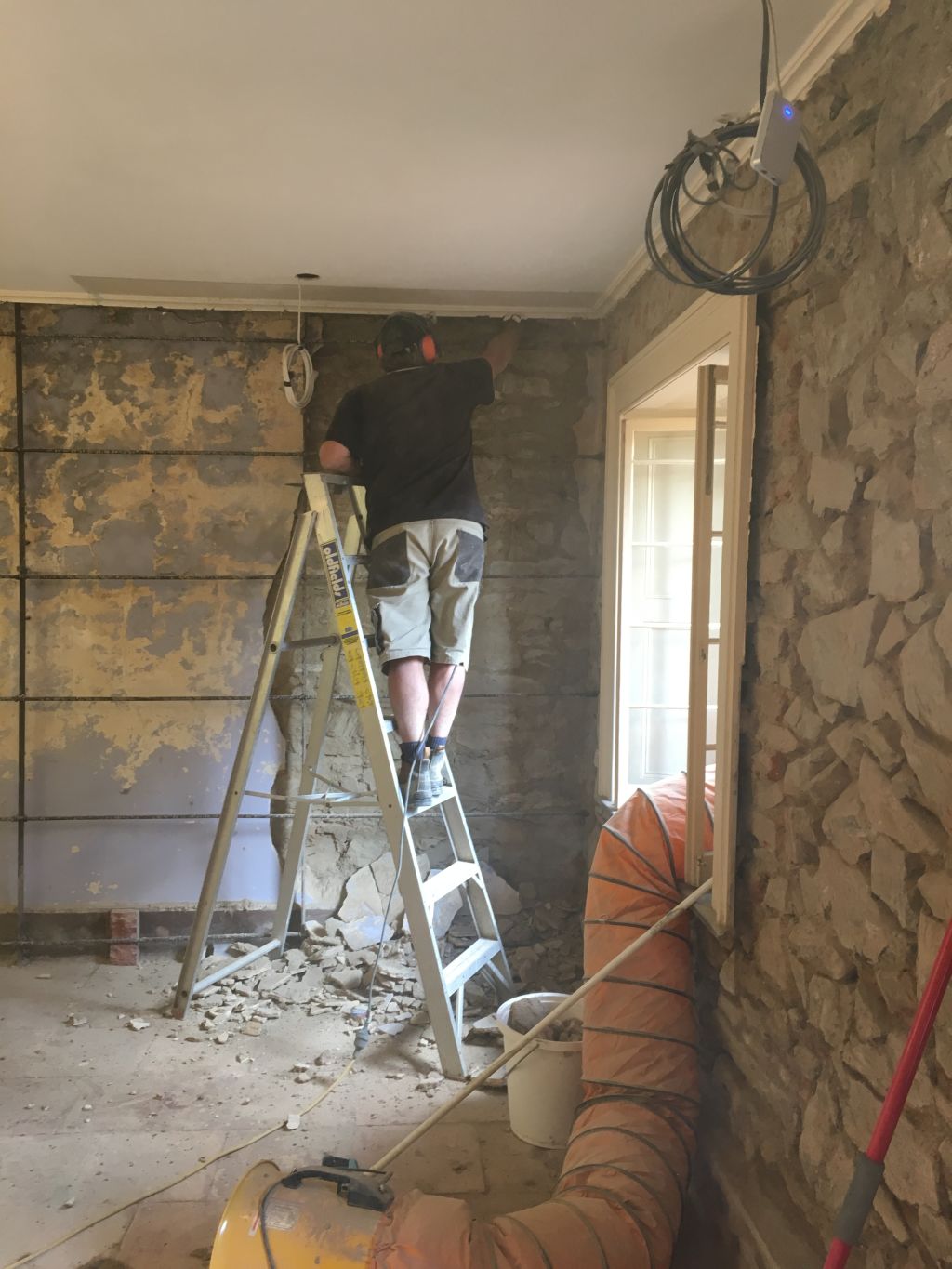
“It had very good bones, but nothing had been done to the house for 30 years,” said Mr Traill, who previously worked with high-end hotel and apartment developments in Sydney, Queensland, Byron Bay, Dubai, Bahrain, London and throughout Asia.
“So I decided to take 12 months off and for that period we stripped everything back, did a lot of the stone work and lived in the dust.
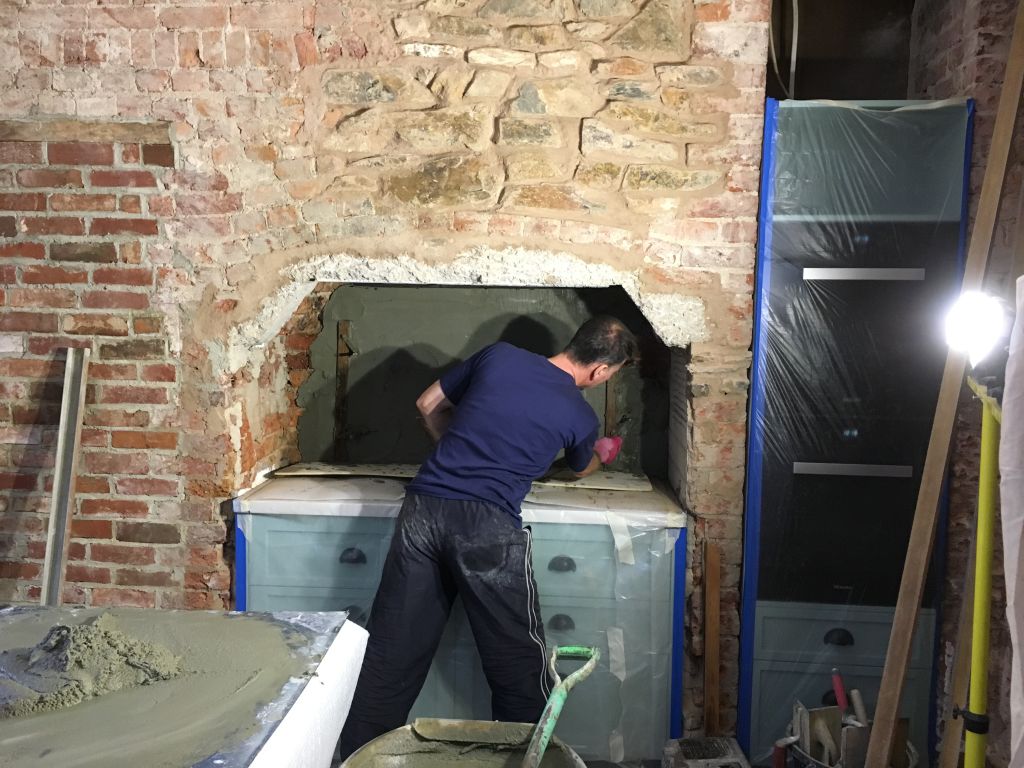
“Then we spent the next two years commuting between Sydney and South Australia to complete the work to maximise the views, create a nice entertaining outdoor courtyard, get the garden back under control, put in three en suites and two powder rooms, and add bedrooms and a staircase into the massive roof void.”

The house eventually took just over three years to completely overhaul, renew and extend, and about $2 million in costs and his time. Now, however, he has just put it on the market with an expressions of interest campaign with a price guide of between $4.5 million and $4.8 million.
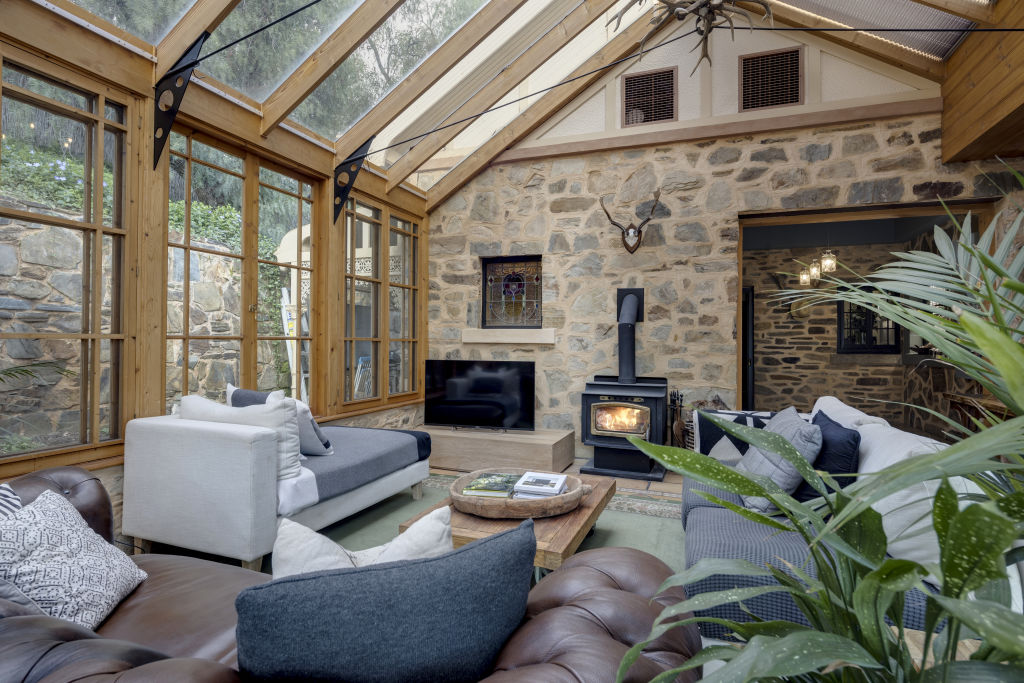
Booth & Booth Real Estate agent Jamie Brown says the Glen Osmond property, at 2A Playford Street, is absolutely stunning with six bedrooms plus a study and four bathrooms and two powder rooms over three levels, with a floodlit tennis court, wine cellar, conservatory and glorious landscaping.
“It’s an iconic historic house that has every modern convenience and has nothing to be done to it,” he said. “It’s quite unique to get a home of this age and vintage yet in this condition.
“It would be a wonderful family home offering a great lifestyle just six kilometres to the CBD. The house has such character and the original safe the treasurer would hold the state’s funds in is still there, and beautifully encased in the study.”
Offers close on September 15 – unless sold before – for the house with its 270-degree views, marble fireplaces, 3.9-metre ceilings, heritage features, cedar-cased windows, library or entertainment room, gym space and stone-clad pizza oven in the courtyard.
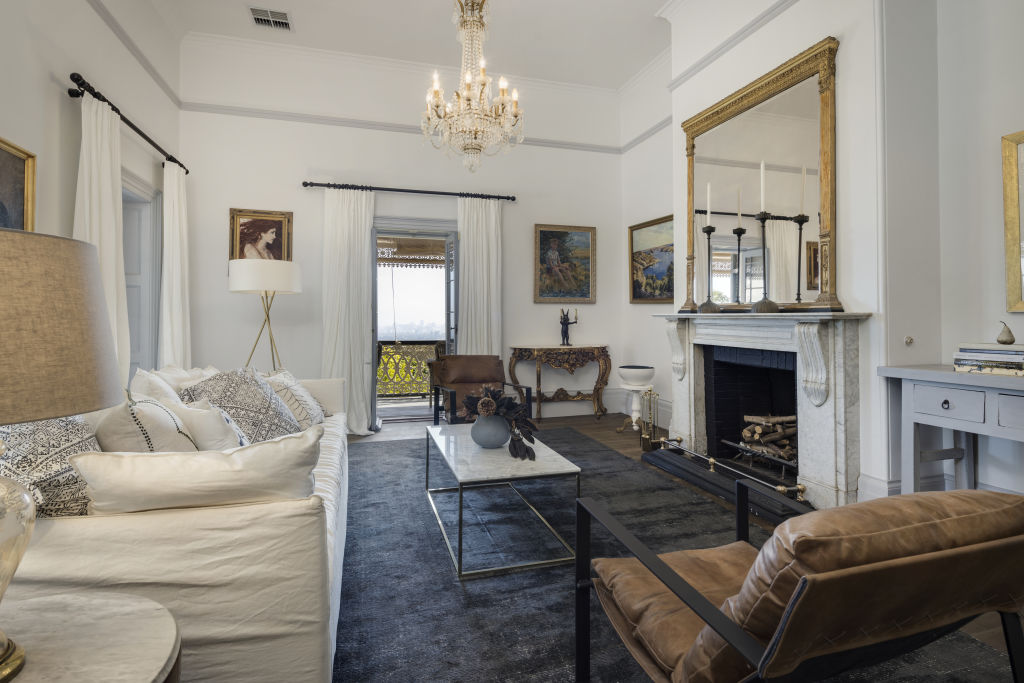
There’s also a DA approved with the property for two additional bedrooms, a 15-metre lap pool and deck and an expansion of the conservatory.
As for Mr Traill, after all that work, he knows he’ll miss the house terribly, but needs to spend more time in Sydney for his projects.
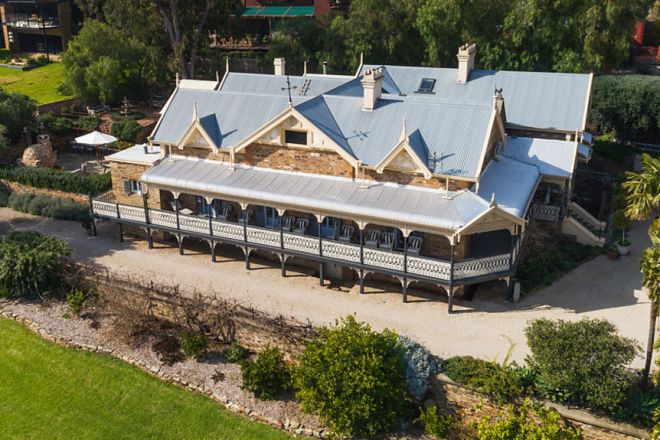
“Everyone is saying that now we’ve done all this work, we should sit back and enjoy it,” he said. “We should, too, and sit more on the verandah admiring the views. But we’re only using a small portion of the house and it would be nice to see it all used.
“There’s also a resident koala in the garden who comes and goes between properties and seems to have been the main source of the population of koalas in South Australia. We’ll miss both him and the house!”
We recommend
States
Capital Cities
Capital Cities - Rentals
Popular Areas
Allhomes
More
- © 2025, CoStar Group Inc.
